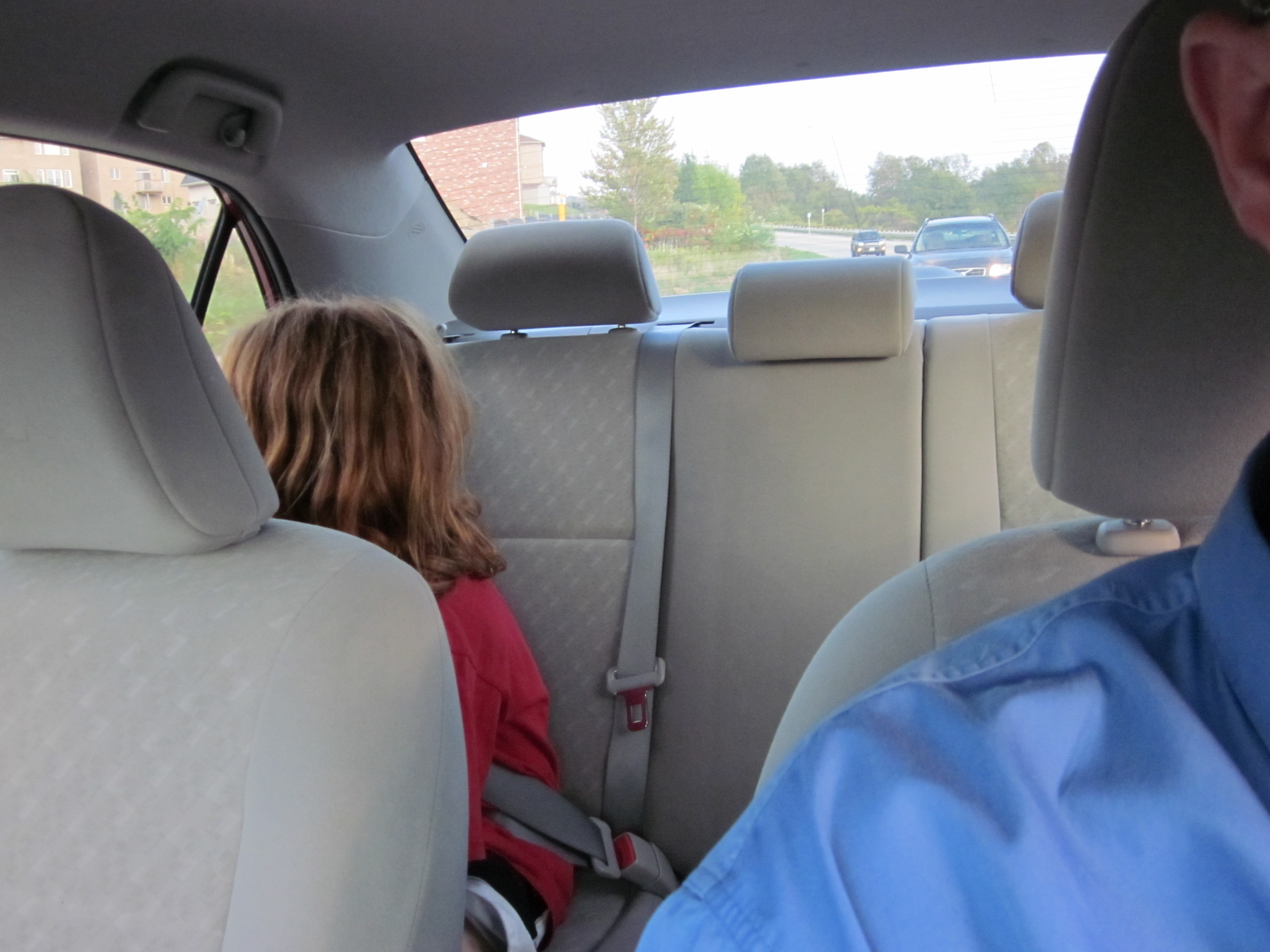Where should the kids sit?
 Raising my four kids has been very demanding, exciting and fun. It’s no secret we lead a busy life with all of their activities. Being in the vehicle is something my kids have learned to accept and deal with…and so have I. knowing where the kids should sit is important for their safety.
Raising my four kids has been very demanding, exciting and fun. It’s no secret we lead a busy life with all of their activities. Being in the vehicle is something my kids have learned to accept and deal with…and so have I. knowing where the kids should sit is important for their safety.
Protecting our children is something each parent does without blinking an eye. But some drivers make the mistake of letting their kid’s sit where they shouldn’t. It’s not always about following the law. It’s also about understanding the facts about their safety.
In most jurisdictions, there’s a place for the kids at certain ages. Infants should always be in a rear facing car seat. The rear facing car seat helps support the child’s head and neck in case of collision or a sudden stop. This is important to realize since their neck muscles aren’t that strong during those years. Many jurisdictions say they can move away from that type of seat when they reach two years of age. However, the longer they remain in the rear facing seat, the safer they become. Some rear facing car seats can hold kids up to 45 pounds. As long as they haven’t outgrown the rear facing car seat, keep them in it.
A forward facing child seat is for older kids with stronger back and neck muscles. There are some models of child seats that can safely hold a child up to 65 pounds. Having the double harness of a child seat will help protect the child a lot more than a typical seat belt harness. Even if your child weighs 40 pounds and your jurisdiction says you can use a booster seat, your child is safer in the forward facing seat as long as they are still below the child seat’s weight and height limits.
Once the child is in the booster seat, ensure they use the shoulder strap and lap belt properly. Ensure the shoulder strap rests over your child’s shoulder, and never on their neck, arm, or under their arm. Those placements may injure them in case of a sudden swerve or sudden braking. The lap belt should be as low as possible and over their hips; never their stomach. Also keep in mind the middle of the back seat is the safest place for any passenger. It’s farthest away from any of the four sides in case of collision.
So now we know where our kids should sit in the back seat, but when can they move to the front seat? In many jurisdictions kids over the age of 12 can sit in the front seat. Keep in mind the front seat is where the airbags are. Airbags have been designed to deploy as fast as 320 km/h or 200 mph and with great force. Why would you want that force coming into the face of a child or into their small body?
Keep your kids in the back seat as long as possible. It’s a whole lot safer for them. Make sitting in the back seat fun. Avoid talking about the front seat and how cool it is. They’ll have plenty of time to sit there when they get older.
**Have a quick listen to this short episode of the “Speed Bumps” podcast as seat belts are discussed further!
If you like this article, please help support the effort for safe roads. Support HERE

I hope all is well with you. We would like to add you to our informational update on the crowdfunding campaign.
What is the best email address to reach you at?
Cheers
Brian Bazely Co-founder Driverseat 855-374-8390
>